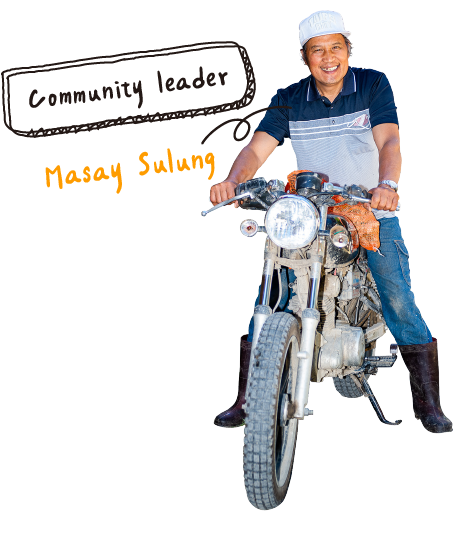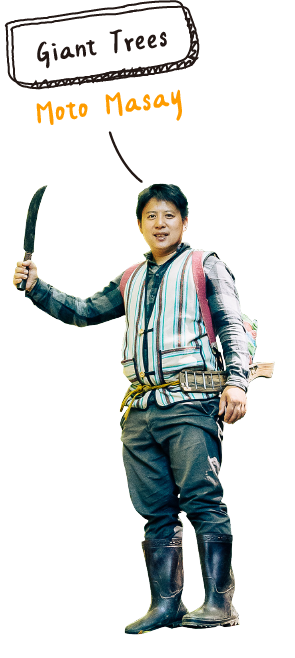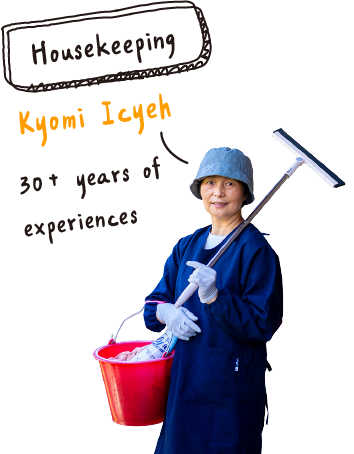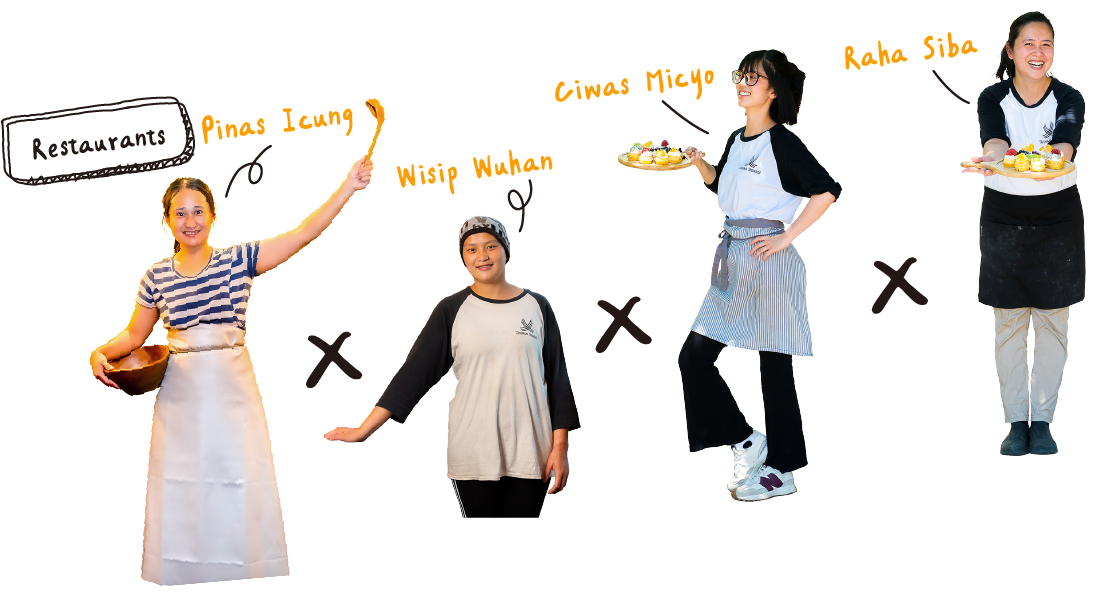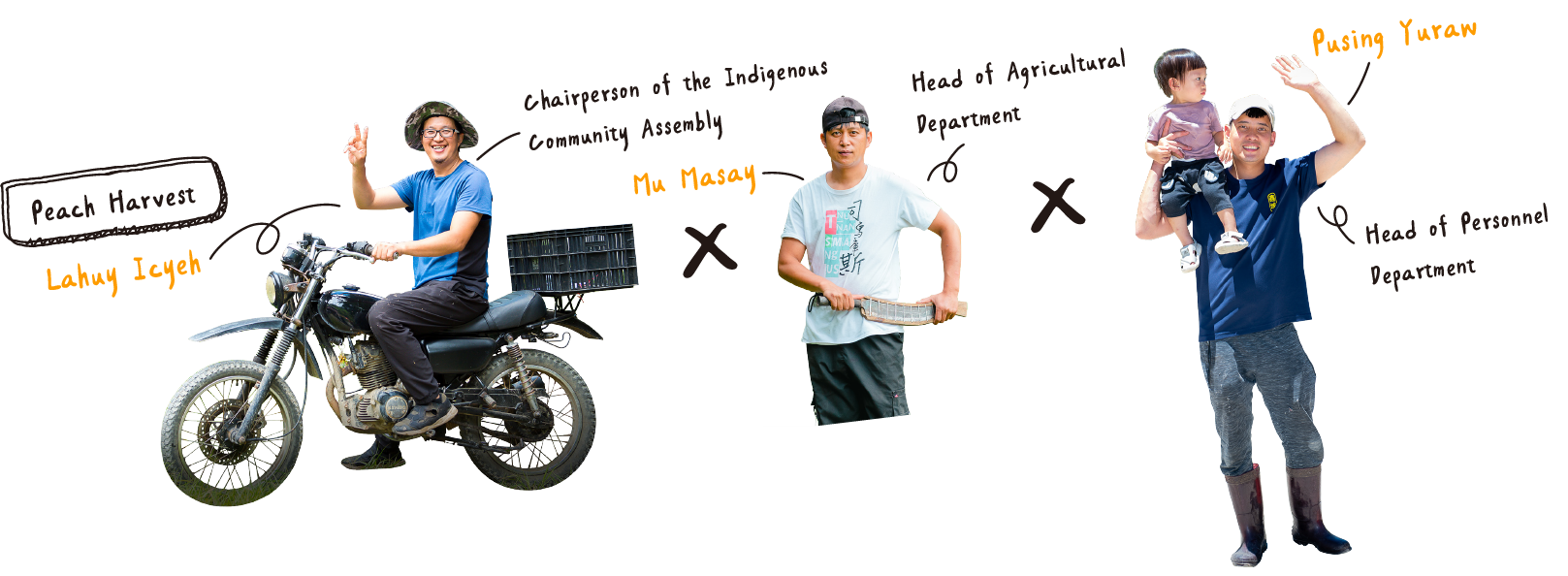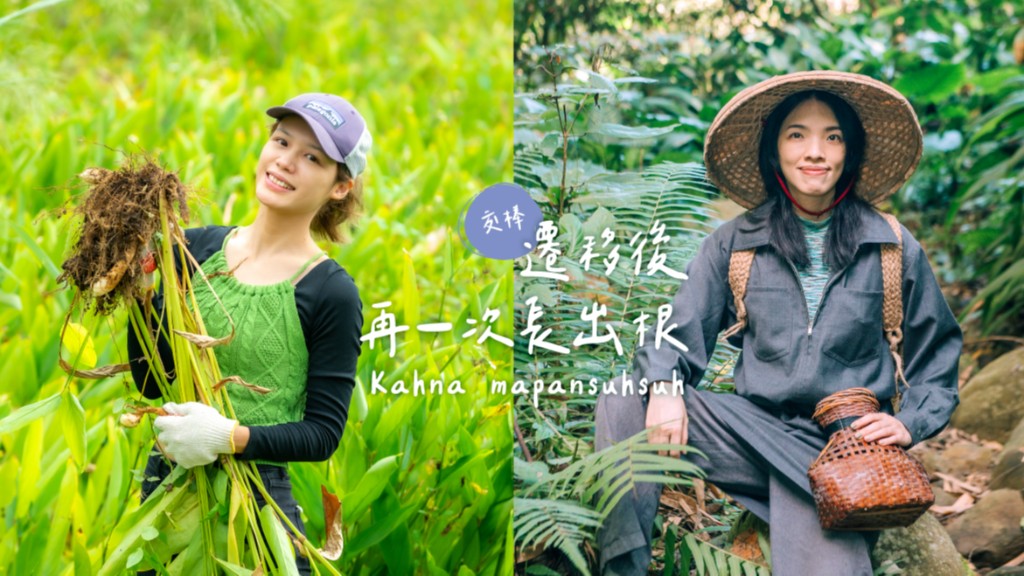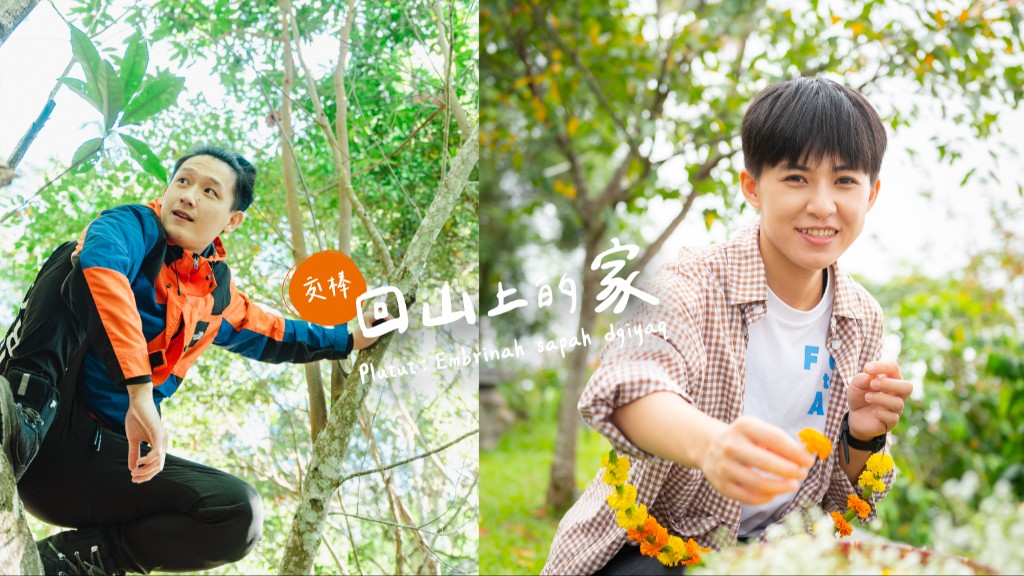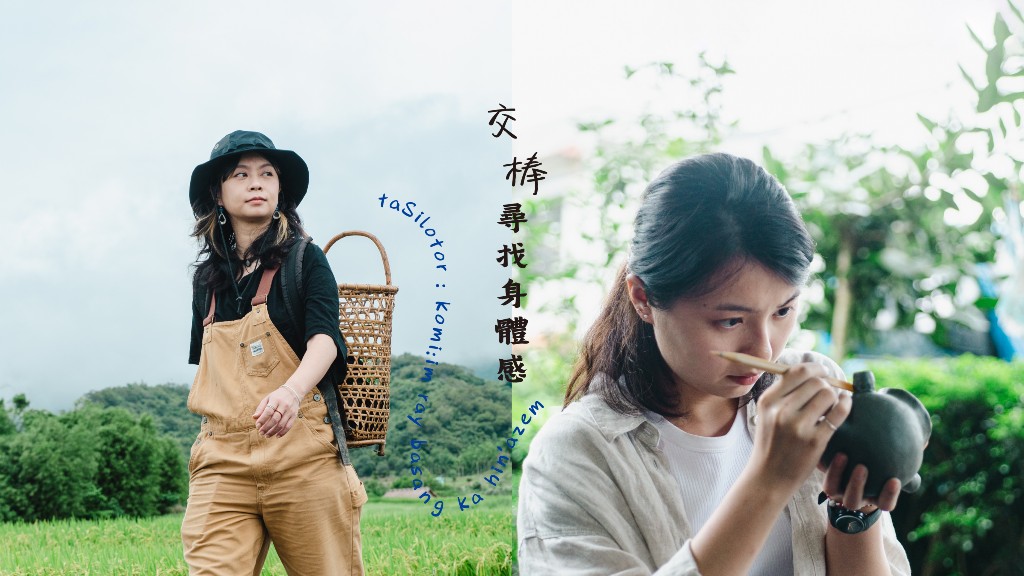1,500 meters above sea level; first access to electricity in 1979; first road leading out built in 1995, these are numbers that describe Smangus, but nothing can compare to what the body actually feels after driving for 3 hours along the winding and bumpy roads, going up and down and constantly rocking in all directions before finally reaching the entrance of this indigenous community. This indigenous community, once isolated due to its geographical setting, later became a popular tourist site due to the giant trees discovered over three decades ago.
The influx of tourists and accommodations individually operated by households in the community led to undesired competition and bad blood. “If this goes on, it will ruin our children,” people gradually realized, and finally, after a few meetings, the 8 households in the community decided to build accommodations and restaurants together. In 2004, the joint operation system (Tnunan, the Atayal language for “weaving together”) began, with joint ownership of the lands and joint operation of the tourism industry. After years of adjustment, there are currently 9 departments including cultural education, agriculture, tourism development, ecology, and human resources. The goals are to develop tourism and invest the acquired resources back into education, culture, and medical care in the community, and establish for the next generation an indigenous community system embracing the concept of “sustainability”. The entire community has three major bodies, each handling different affairs: the indigenous community assembly (internal affairs), the church (faith), and the indigenous community development association (portal for outside and public affairs).
Nowadays, the main topic for the community is no longer the rural flight of population, but how to sustainably manage culture and nature whilst developing tourism. In the past, ancestors roamed the mountains and found spacious lands for future generations; now, the Smangus of this generation, continue to sustainably protect the land and their people via joint operations in the community.

Tourism is the main industry at Smangus, everybody has to do something, and there is something for everybody to do here. Everyone does their own job, and each is indispensable.
